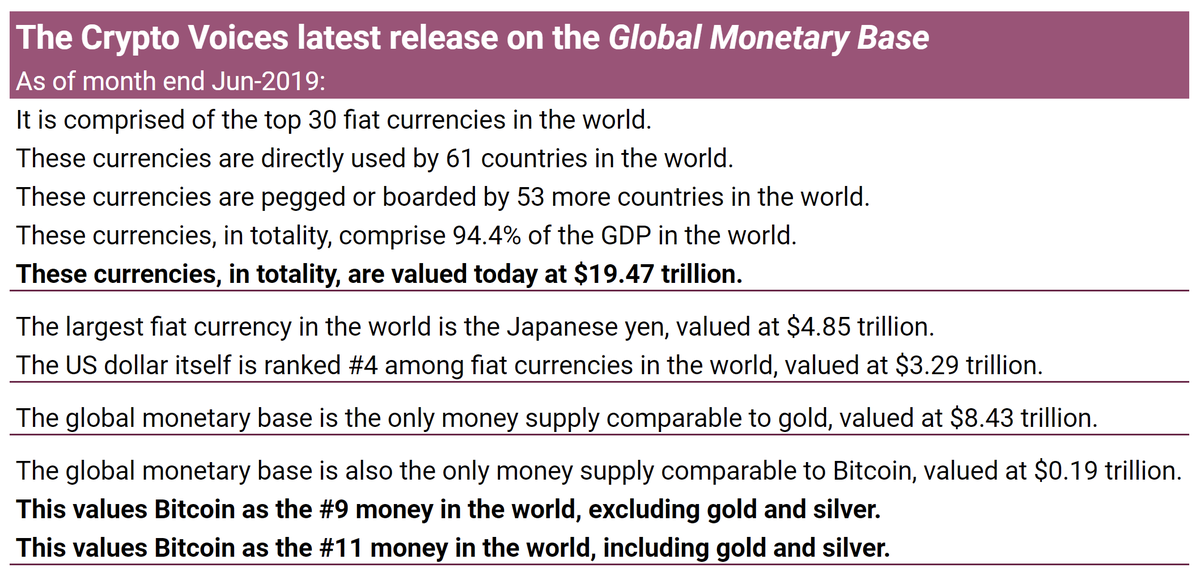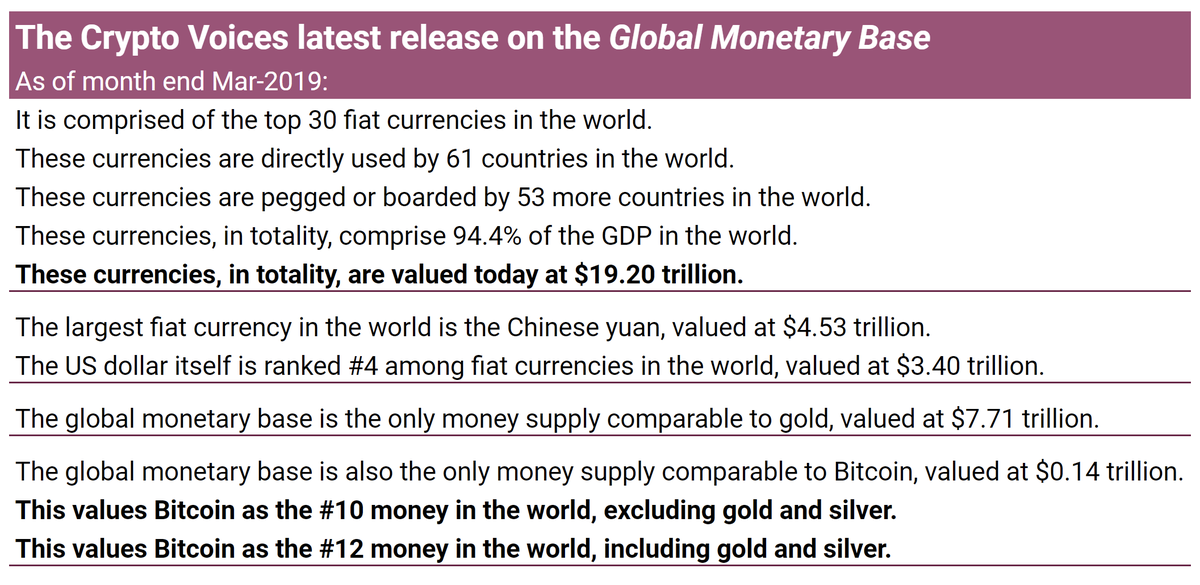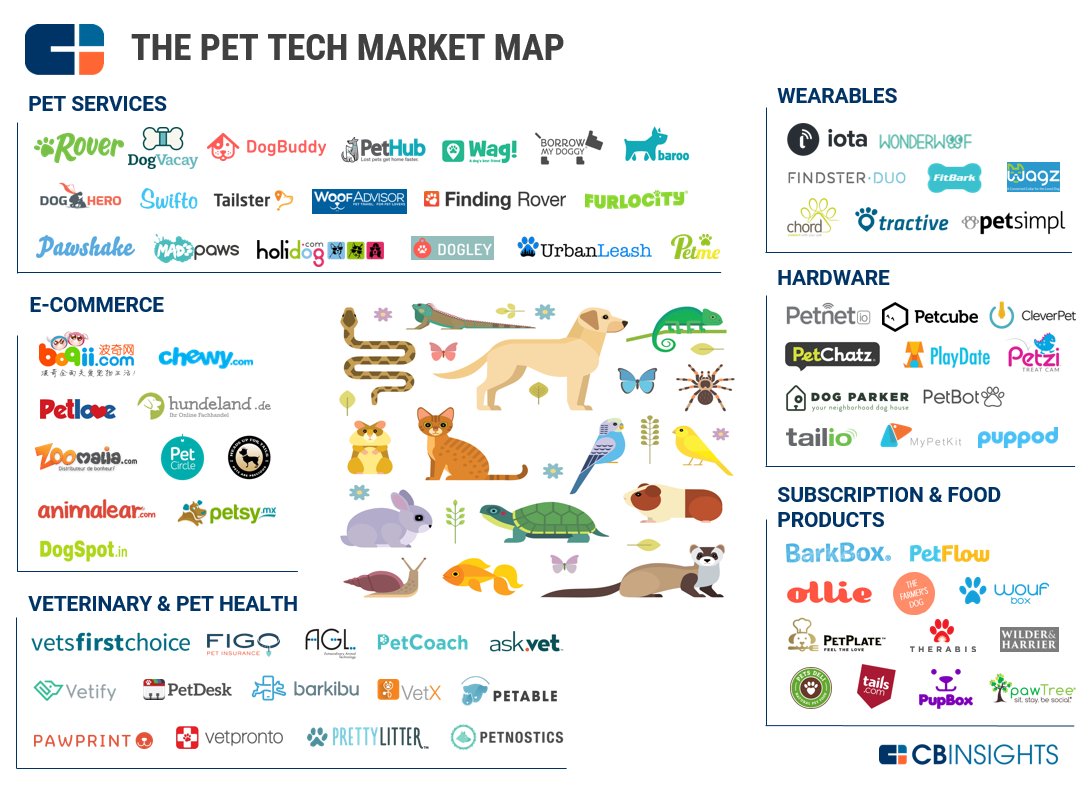Some insights below 👇
(1/9)
Compound Annual Growth Rate (CAGR) for new packages, active packages, new releases, and new authors are all in the double-digits:
• New packages: 43.28%
• Active packages: 47.31%
• New releases: 51.21%
• New authors: 39.30%
(2/9)
"...the number of connections or imports per package is increasing", and "annual growth rate in the number of imports [exceeds] the growth rates of the number of packages or releases alone by 10%."
(3/9)
"For example, PyPI does not distinguish between any variations of the BSD License" 🤦♂️
We're working on finding a way to improve this, see github.com/pypa/warehouse… for more details.
(4/9)
More packages are either "Alpha" or "Beta" than "Production/Stable":
• Alpha: 27.70%
• Beta 35.36%
• Production/Stable 24.93%
(5/9)
Top 10 most imported modules, in-order, are:
• __future__
• os
• sys
• logging
• re
• datetime
• json
• numpy
• unittest
• time
(6/9)
"In general, we find that most authors contribute a single package with a small number of releases, and... nearly two in every three packages went without a release during 2018."
(7/9)
On average:
• Each author has 2.15 packages;
• Each package has 6.93 releases;
• A package makes a new release every 65.38 days
(8/9)
Thanks to Ethan Bommarito and Michael J Bommarito II for taking the time to do this analysis! 👏
(9/9)





